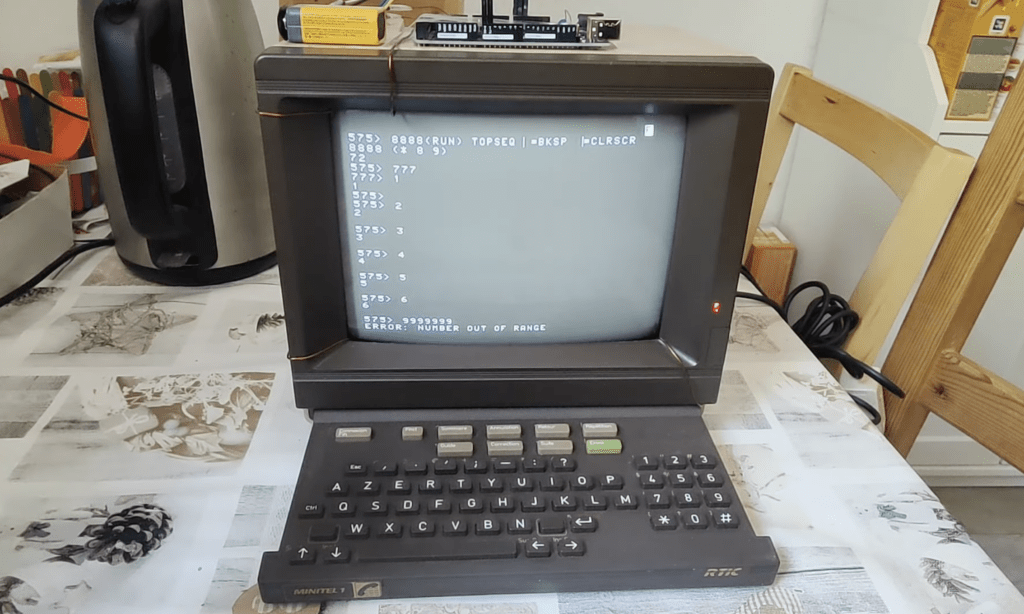The French minitel terminal becomes a peculiar workstation of AI
– April 30, 2025

Before the rest of the world began to log in to the World Wide Web, the French had a very interesting online service called Télétel. It was something similar to the first advertisement table systems (BBS), but with much more functionality than really anything else in the time. By 1982, Télétel was available in most France and customers could use it to buy online, chat and even find love. They agreed to Télétel through Minitel terminals and those are not very useful today, so Nino Ivanov used an Arduino to turn it into a peculiar type of AI work station.
Users would not “start session” at the Télétel service with computers, but with terminals. Those were economical, which helped promote generalized adoption. In fact, Télétel was so popular that it remained in use until 2012, long after the French learned of the Internet.
There were many Minitel devices manufactured and sold over the years, with some quite good designs. Ivanov seems to be a model made by Philips and has an ingenious sliding keyboard that sleeps under the monitor when it is not in use. But all Minitel terminals worked similarly, because they connected with the same service in the same way. That was through a 5 V TTL serial connection.
Ivanov connected an arduino mega 2560 plaque with the minitel through the serial port so that the two could talk to each other. Then he established that with Ulisp, which is a derivative of the LISP programming language designed for microcontrollers. With Ulisp, Ivanov was able to execute a symbolic artificial intelligence in Arduino hardware, communicating with him through the Minitel terminal.
That the abilities of AI are, of course, very limited. But it is still fascinating to see in action and gives the old Minitel terminal a new fun purpose.


